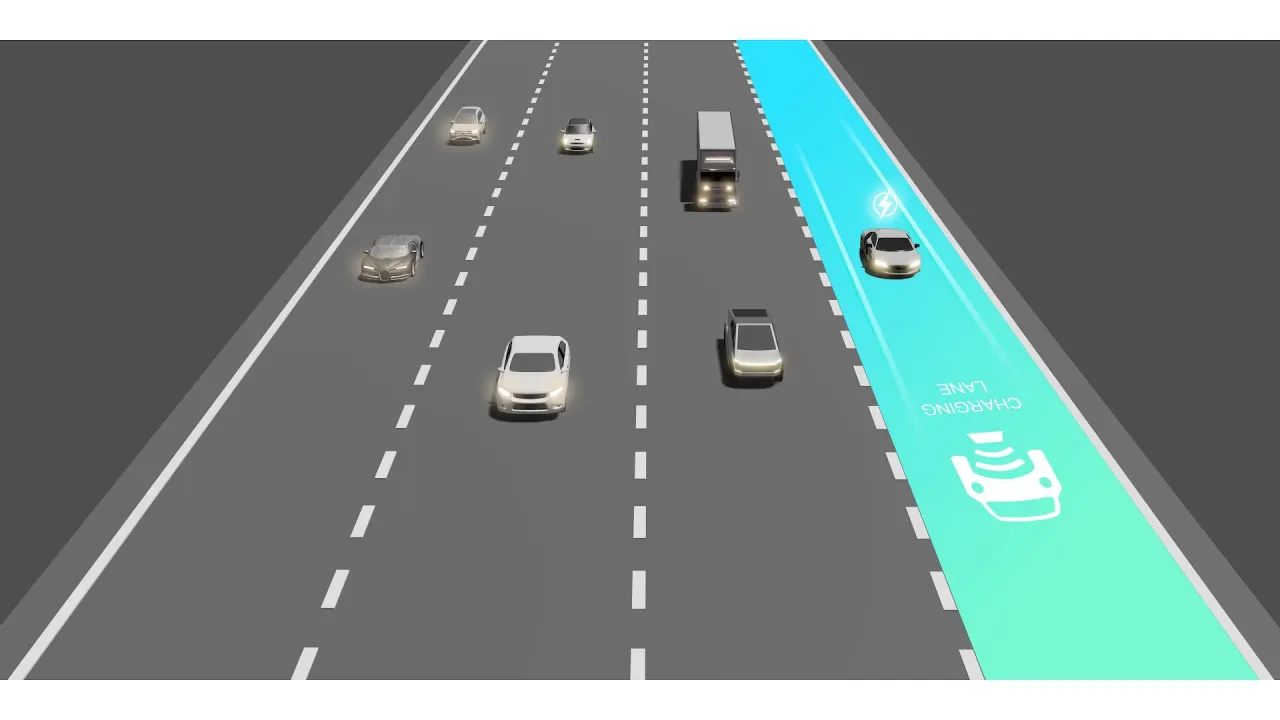
Norway's electric vehicle revolution and KAUST researchers' exploration of wireless charging roads
About
In 2020, electric car sales in Norway surpassed those of petrol, diesel, and hybrid vehicles, with Volkswagen outpacing Tesla as the top battery-vehicle producer. Battery electric vehicles (BEV) accounted for 54.3% of new cars sold in Norway, up from 42.4% in 2019. The country aims to end the sale of petrol and diesel cars by 2025, offering tax exemptions to fully electric vehicles, making Norway a testing ground for automakers transitioning from internal combustion engines.
Researchers at the King Abdullah University of Science and Technology (KAUST) in Saudi Arabia, i.e., postdoctoral fellow Mustafa Kishk, Ph.D. candidate Duc Minh Nguyen, and Professor Mohamed-Slim Alouini, have been investigating the potential of wireless charging roads to address the growing demand for electric vehicle charging infrastructure. The team applied statistical geometry to analyze urban road networks and assess how wireless charging roads might influence driver behavior and city planning in a future dominated by electric vehicles.
Kishk explained that their work is driven by the global trend towards green transportation and electric vehicles. Efficient dynamic charging systems, such as wireless power transfer systems installed under roads, are being developed as a way to charge electric vehicles while driving without the need to stop. There is a need to mathematically analyze the large-scale deployment of charging roads in metropolitan cities.
Duc Minh Nguyen highlighted that the metrics used to evaluate the performance of dynamic charging deployment depend on the starting and ending points of each trip. The researchers used stochastic geometry to model and analyze how these metrics are affected by factors such as road density and dynamic charging deployment frequency.
Applying this analysis to the Manhattan area of New York City, Kishk, Nguyen, and Alouini determined that a driver would have an 80% chance of encountering a charging road after driving for 500m when wireless charging is installed on 20% of roads. Kishk stated that this is the first study to incorporate stochastic geometry into the performance analysis of charging road deployment in metropolitan cities, marking an important step towards better understanding charging road deployment in urban areas.


